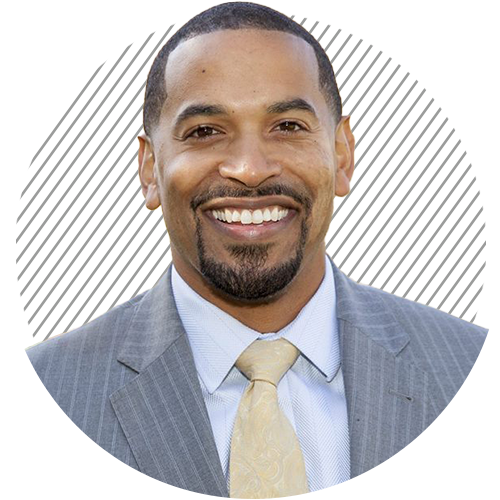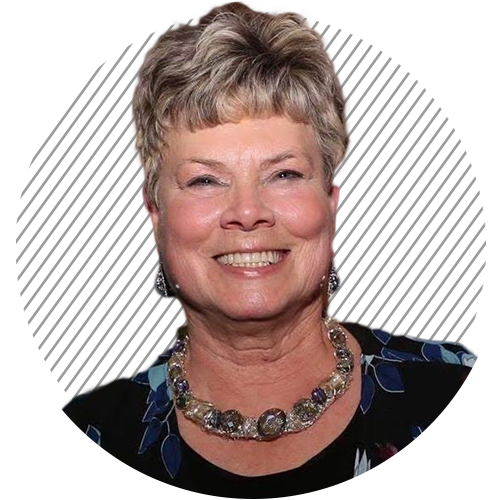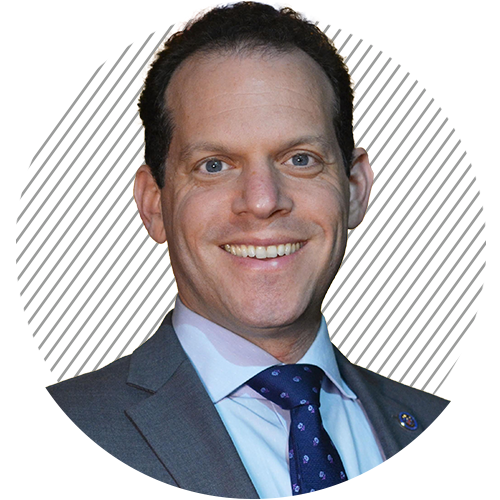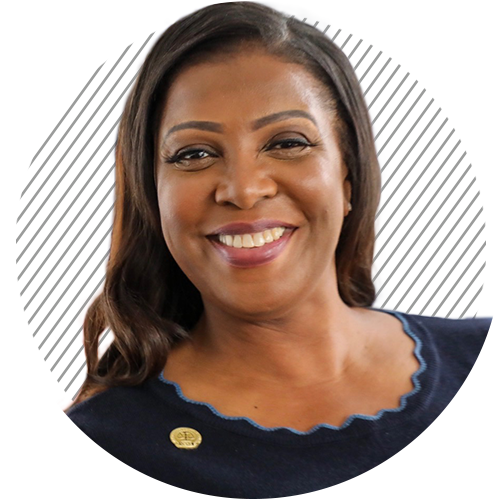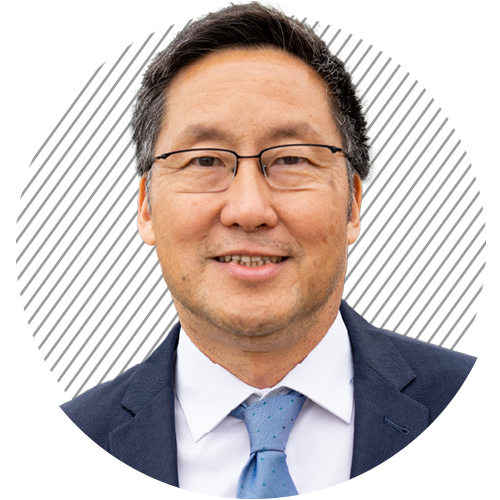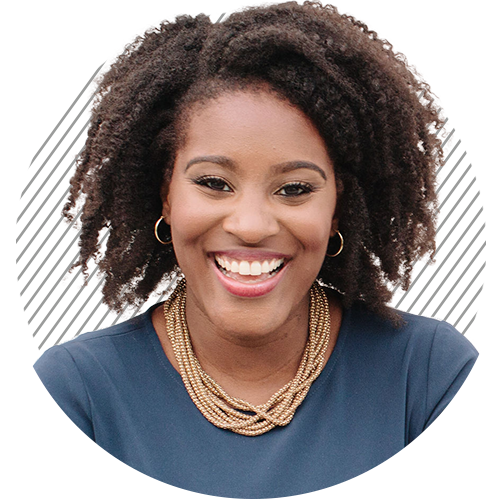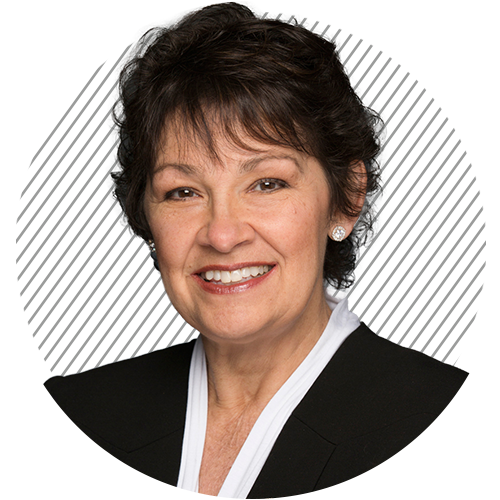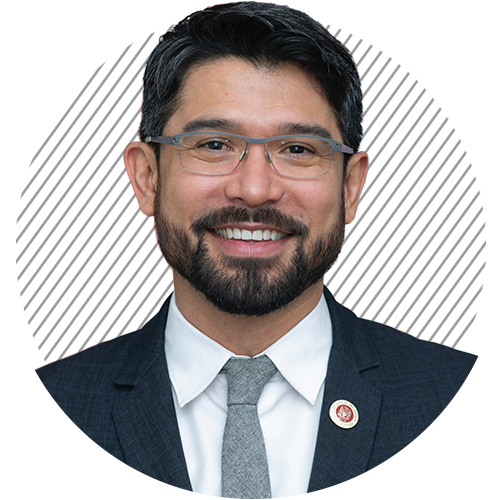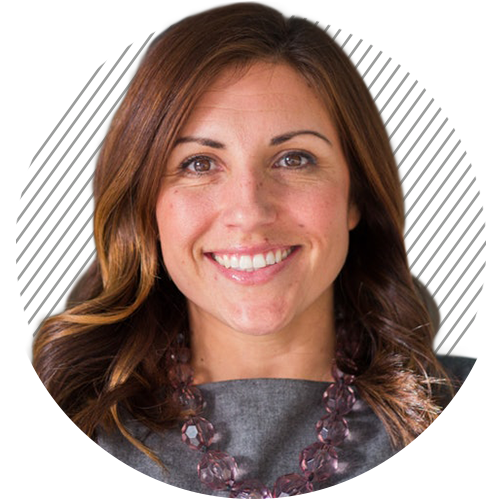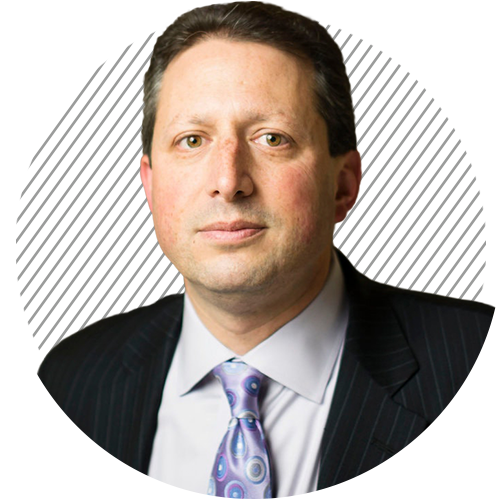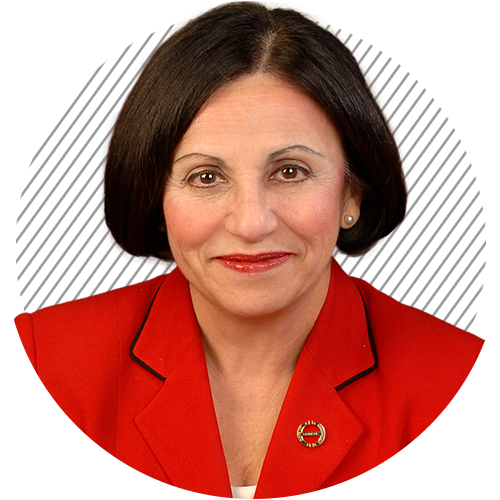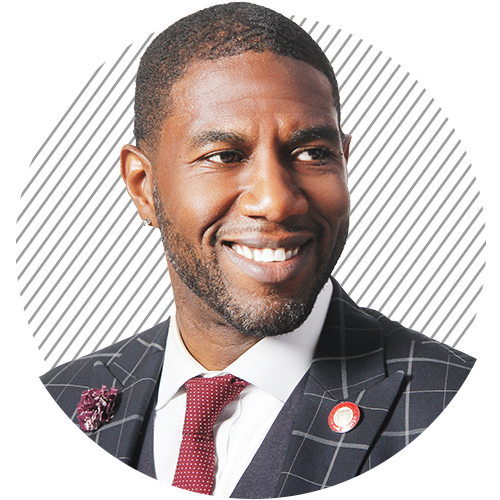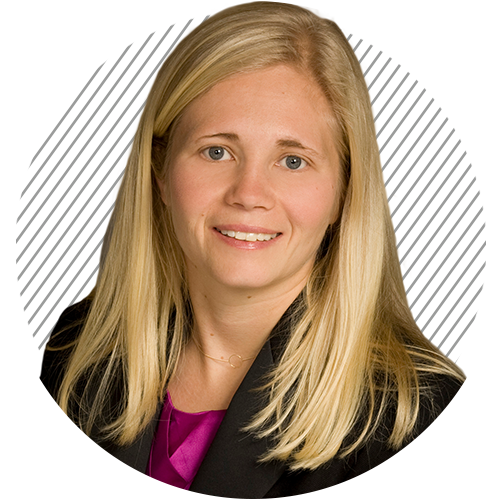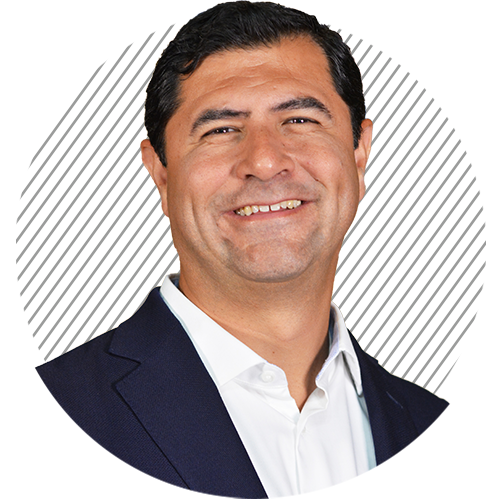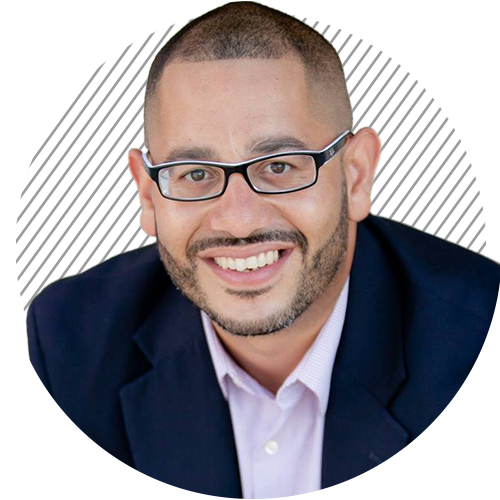Introduction
In recent years, the Brennan Center has interviewed dozens of elected officials about fundraising, and we repeatedly hear one thing, which has been confirmed by academic studies: the campaign finance arms race forces them to spend too much time raising big contributions. This in turn reduces the time they can spend directly pursuing the goals that made them run in the first place, like serving the public, accomplishing policy reform, or pursuing personal ambition.
For many elected officials, fundraising for their next campaign requires hours of phone calls to lists of wealthy individuals or fraught strategic decisions about whether voting a particular way will anger one moneyed special interest or another. The typical elected official dislikes fundraising duties and would rather spend time hearing from constituents and serving their needs.
The same fundraising pressures limit who can run for office in the first place, acting as a filter that inhibits diversity in elected bodies. When someone explores a possible run, the first question they are often asked is how they will be able to raise enough money for a viable campaign. The ability to fundraise, which is facilitated by access to wealth, has become a litmus test that can dissuade many aspiring candidates. Collecting large donations is easier for lawyers than organizers, despite the broad community connections of the latter. White, male candidates disproportionately have a head start in the big money race, while barriers posed by fundraising have contributed to the underrepresentation of women, people of color, and particularly women of color in candidate pools.
Meanwhile, the voters who see big donors spending millions on elections may conclude that big money gets results in politics and there’s no point in participating. Even with greater engagement from small donors in recent cycles, big donors are still responsible for the lion’s share of campaign money. In 2020, small donors gave a record-breaking $4 billion to federal races. This sum, donated by at least 20 million people, only amounts to 23 percent of federal election funding. They were outspent by a much smaller number of megadonors — “mega” indicating contributions over $10,000 — who collectively gave $5 billion.
Wealth is a significant barrier to participation for candidates and donors alike. A system like this, dominated by big money, results in an unrepresentative government that privileges the interests of a wealthy few.
To begin to address these deep-rooted problems, lawmakers across the country are turning to the most powerful campaign finance reform available since the Supreme Court tipped the scales toward megadonors in Citizens United. Public campaign financing offers candidates the choice to drop out of the big money chase and run competitive campaigns focused on contact with constituents rather than call lists of big donors and special interests.
Over the last 10 years, more than a dozen jurisdictions have either adopted new public financing systems or strengthened existing ones, adding to a list of programs that have been operating for decades. These systems are available in state or local elections across the country, from small towns to states and large cities. In 2020, New York became the first state to enact a statewide public financing program since Citizens United. And most prominently, the House of Representatives has passed a congressional public financing program twice as part of the For the People Act.
Public financing of elections can take on various forms. Small-donor matching systems offer candidates public funds that multiply the value of small contributions. For example, under the program in Montgomery County, Maryland, which matches the smallest donations for county council and executive races at a 4:1 rate, a contribution of $10 becomes worth $50 to the candidate. Another type of program, often called clean elections, offers candidates block grants of public money once they qualify and prohibits them from raising additional private funds. Finally, voucher systems provide constituents with vouchers worth a specified dollar amount to give to the candidates of their choice, who then receive public funds in that amount.
Thousands of candidates — incumbents and newcomers; Democrats, Republicans, and independents — have used these systems to run for office, empowering untold numbers of small donors. With a combined five decades of implementation, just two of the largest jurisdictions, Arizona and New York City, have publicly financed almost 2,000 candidacies. Many officials — both legislative and executive — whose elections were publicly financed represent one million constituents or more. The stories of these publicly financed candidates paint a picture of a reform that makes for a healthier democracy.
In 2016, the Brennan Center published Breaking Down Barriers: The Faces of Small Donor Public Financing, featuring firsthand testimony from a bipartisan set of elected officials from across the country. Now, for this report, we interviewed a new set of elected officials, from both parties, with experience running on public financing, many from newly implemented programs such as those in Seattle, Washington; Montgomery County, Maryland; and Washington, DC.
As the number of public financing systems has grown, so have the ranks of candidates and elected officials who can attest to their impact. This report features reflections from individual candidates, but they speak to common benefits of the reform.

